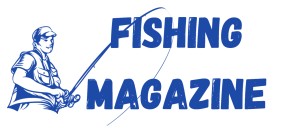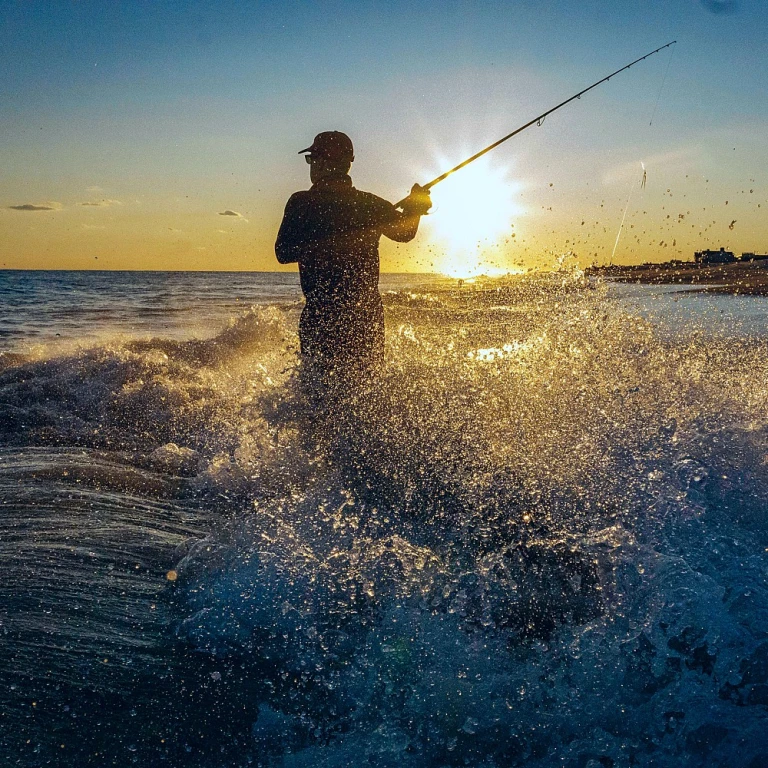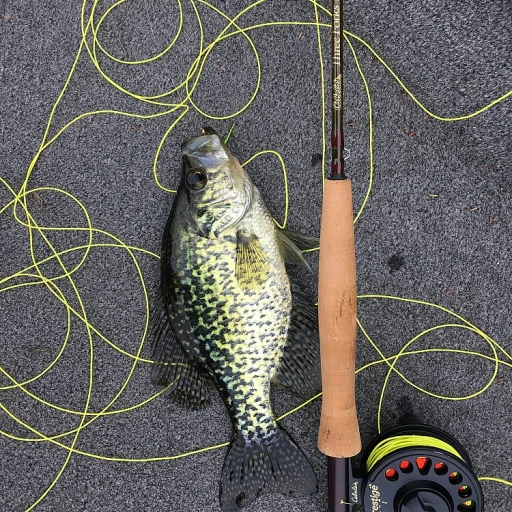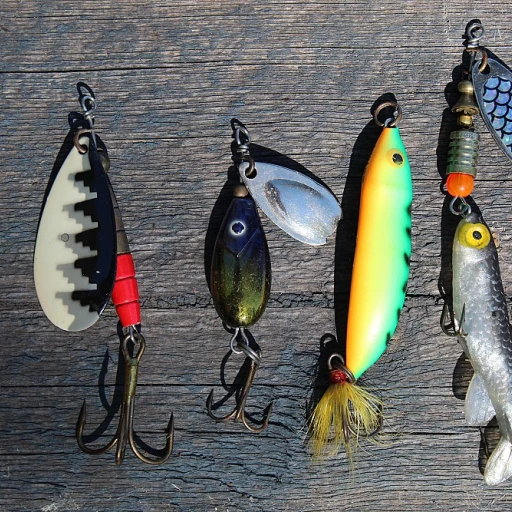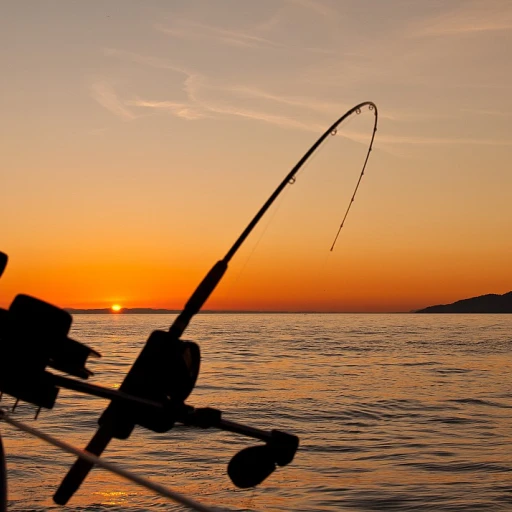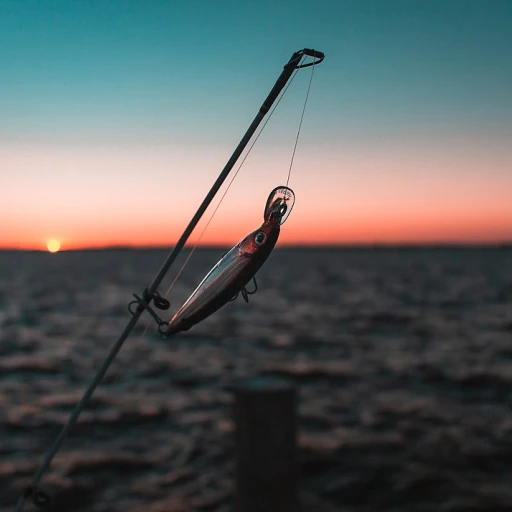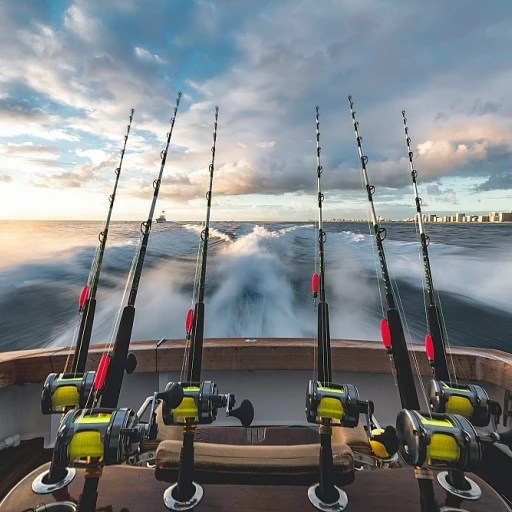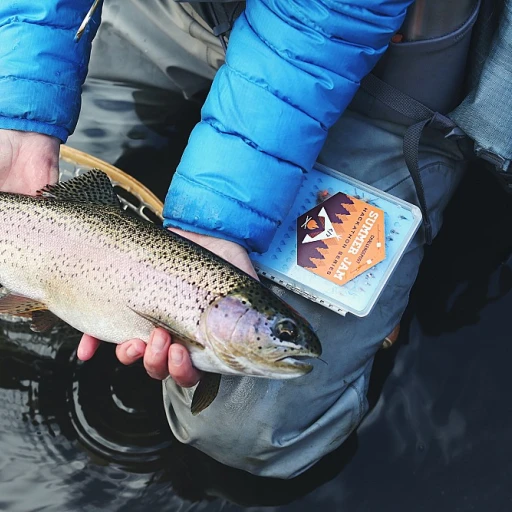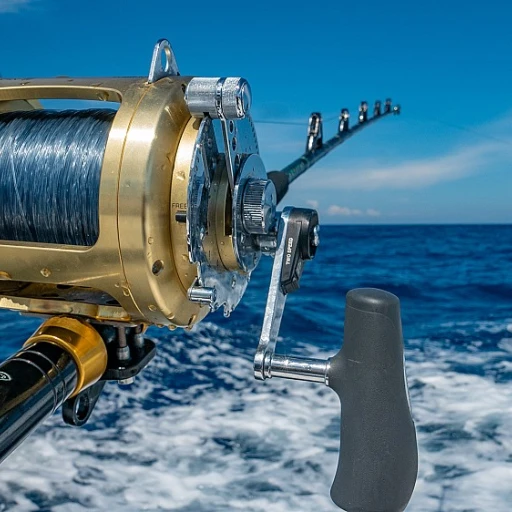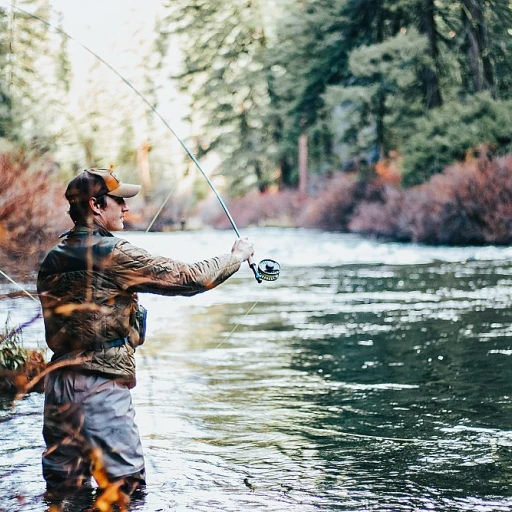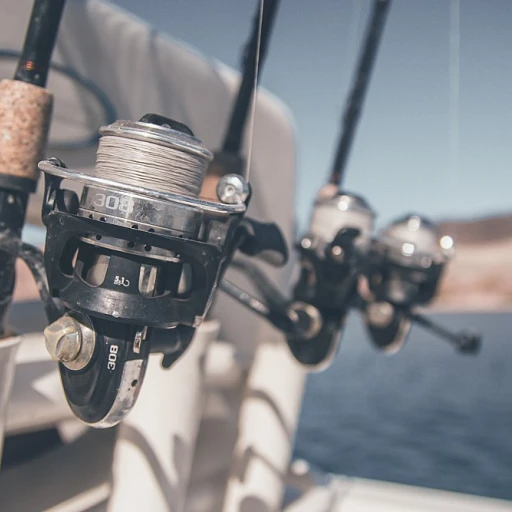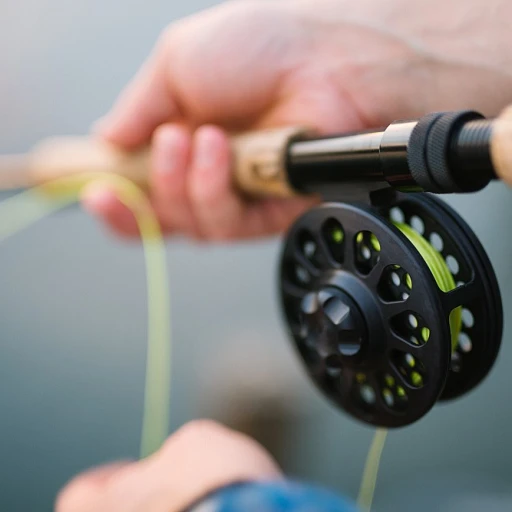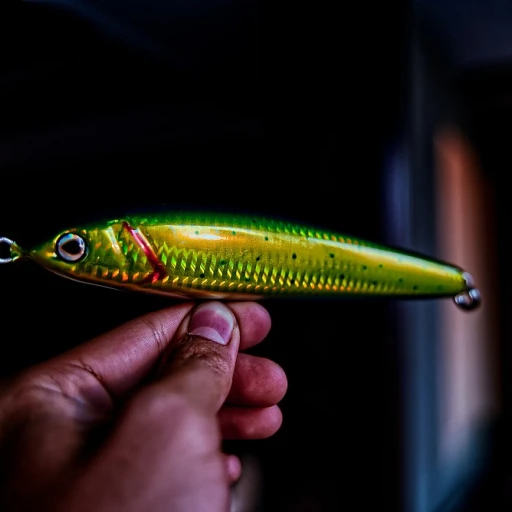
Understanding Elk Hair
Exploring the Unique Qualities of Elk Hair
When it comes to fly tying, the choice of materials can significantly impact the effectiveness of your fishing flies. Elk hair stands out as one of the most versatile and valuable resources in the world of fly fishing. Derived from the majestic elk, this material is renowned for its unique attributes that make it a staple for many fly patterns, especially those aimed at targeting trout. Elk hair presents a combination of outstanding durability and buoyancy, which is crucial for crafting dry flies. This natural material's hollow structure allows it to float exceptionally well on the water surface, making it an excellent choice for tying dry flies like the beloved Caddis. Its resilience also ensures that your creations withstand the wear and tear of repeated casts and catches. Comparatively, while both elk and deer hair are popular in fly tying, elk hair is often preferred for its stiffer texture. This quality makes it particularly suitable for creating caddis patterns where the fly needs to maintain its shape and buoyancy. By offering a more pronounced wing profile, elk hair helps your fly achieve a lifelike presentation that entices trout. As you delve deeper into the techniques of using elk hair, mastering the art of fly fishing effectively requires understanding how to manipulate this material to achieve the desired effect. For those new to fly tying, learning about the steps involved in utilizing elk hair can set the foundation for crafting successful fishing flies. Mastering the Art of Fly Fishing can provide further insights into these essential skills. The ability to effectively create a caddis fly or other patterns using this material will enhance your fly fishing experience, as you gain confidence in your creations. Understanding these qualities and how to exploit them ensures you are equipped to tie functional, lasting, and attractive flies for a successful day on the water.Elk Hair Caddis: A Classic Fly Pattern
Mastering the Art of Elk Hair Caddis
The Elk Hair Caddis is undeniably one of the most revered fly patterns in fly fishing, known for its effectiveness and simplicity. This fly essentially imitates the adult caddis, a staple for many trout. The famed design was initially engineered to ride high on the water as a dry fly, creating a perfect illusion for unsuspecting trout.
Elk hair is highlighted in this pattern primarily for its buoyancy and versatility. The hollow hair supports the fly in staying afloat, making it a superb option for dry flies. When tying an Elk Hair Caddis, novice and seasoned tiers should ensure they have quality elk hairs that are hollow, uniform, and free of defects.
Using the Elk Hair Caddis involves a few essential steps:
- Wing: The wing section of the fly is where elk hair shines. Its stiff, hollow nature helps it to taper beautifully and retain its shape, even after multiple encounters with trout.
- Hackle: To mimic the realistic movement of flies on water, adding a hackle helps. The stiff hackle fibers not only enhance floatation but also create the illusion of life.
- Thread: Secure the hairs well with a firm thread to ensure that they withstand the rigors of casting.
- Body: While elk hair forms the wing, caddis fly bodies can be made of other materials, offering the unique opportunity to tie a fly that suits the conditions.
The Elk Hair Caddis not only performs exceptionally well but also conveys important messages about the skillful use of natural materials in fly tying. By understanding how to use elk hair, you can craft a fly that remains effective and appealing to trout, ensuring successful fishing outings.
Comparing Elk Hair to Other Natural Materials
Contrasting Elk Hair With Alternatives
When it comes to fly tying, selecting the appropriate materials is crucial to achieving effectiveness and attraction in fishing flies. Elk hair stands out as a popular choice, often preferred for its unique attributes when creating flies such as the classic caddis pattern. However, understanding how it compares to other natural materials can enhance one's fly tying skills and lead to more successful fishing outings. In comparison to deer hair, which is another favored material, elk hair exhibits different characteristics that can influence the fly's performance. Both are hollow hair types, providing buoyancy and making them suitable for dry fly patterns. Elk hair tends to be slightly stiffer and more durable compared to deer hair, which can impart a more defined wing when tied to a hook. This quality makes elk hair particularly advantageous when constructing dry flies like the caddis, as it helps maintain structure even in rough currents. Deer hair, on the other hand, is often more malleable and can be easier to manipulate during the tying process. It is generally favored for tying flies requiring a softer or more buoyant presentation, such as the CDC elk fly. However, the stiffness of elk hair ensures that messages from the fly threading are effectively transmitted to the water's surface, attracting trout that are well known to strike at dry flies. Other natural materials, such as CDC feathers and hackle fibers, may be incorporated into patterns alongside elk hair to provide additional buoyancy or mimic the natural movements of insects in the water. Despite being versatile, these alternatives each bring their own set of attributes to the tying table. When it comes to hollow hair with an intrinsic resilience, elk hair often emerges as the preferred choice among fly fishing enthusiasts. As members of the fly fishing community explore their material options, many will find that incorporating elk hair into their practices allows them to tie not only classic patterns but also innovative designs that perform well in a variety of conditions. For anglers aiming to enhance their fishing experience, understanding the versatility of materials like elk hair is essential. Those seeking comfort and support during extensive fishing sessions might also consider enhancing their setup with comfortable boat seating options, contributing to a more enjoyable fly fishing adventure. Such thoughtful considerations can elevate both the comfort and success of any fly fishing endeavor.Techniques for Working with Elk Hair
Mastering Techniques with Elk Hair
Successfully working with elk hair requires attention to detail and practice in the art of fly tying. This natural material, with its unique properties, offers fly fishers the ability to create effective patterns suitable for enticing trout and other species. Here are important considerations and techniques:- Understanding the Material: Elk hair is hollow, much like deer hair, which grants it buoyancy—a key feature for crafting dry flies. It’s ideal for imitating adult insects such as the classic caddis fly. The hollow nature means it will sit on the water's surface, appealing to fish like trout.
- Preparing the Hair: Ensure the elk hair is clean of oils and debris. Utilize a hair stacker to align the tips, creating a neat wing or tail on the fly. This step is crucial, as uniformity in the hair tips contributes to more presentable flies.
- Tying the Fly: When tying an elk hair caddis, secure the elk hair to the hook with firm, non-slippery thread. It's essential to start with loose wraps, gradually tightening them to avoid cutting through the hair.
- Forming Construction: Create the desired shape by compressing the elk hair, which can be manipulated to form a slim or robust silhouette. The resilience of the elk hair allows it to withstand various fishing conditions, making it versatile for different fly patterns.
- Comparing Elk Hair with Alternatives: While deer hair may also be used for dry fly patterns, elk hair is stronger, less prone to splitting, and provides better buoyancy. This makes it a preferred choice for specific designs, particularly in high-performance conditions.
Innovative Uses of Elk Hair Beyond Fly Tying
Creative Applications of Elk Hair in Fly Tying
Elk hair is revered for its versatility in fly tying, making it a favorite among many anglers. But beyond crafting the classic elk hair caddis, there are numerous innovative uses for this natural material in fly fishing. Utilizing its buoyant and hollow characteristics, elk hair can enhance the performance of dry flies. For instance, it's adept at creating a parachute effect, ensuring flies like the blue ribbon stay afloat. Mastering the technique of tying wings with elk hair can also lead to superior dry fly performance. Elk hair isn't limited to traditional fly patterns; it has found a place in more contemporary designs of fishing flies. For those working with deer hair, elk hair offers a compelling alternative, especially for ribbon flies. It allows for the creation of intricate designs while maintaining structural integrity of the fly. Furthermore, combining elk hair with other materials can lead to inventive patterns. Integrating components like CDC or hackle with elk hair not only adds visual appeal but also improves the fly's effectiveness in imitating life on the water, such as simulating a caddis fly's natural movements. Step into the world of fly tying with elk hair, and experiment with various techniques to find what catches the eye of trout. It's not just about following traditional patterns; creative members of the fly tying community will often adapt and push the boundaries of what's possible with elk hair, crafting unique fishing flies that excel in various conditions. Using tools like a hair stacker can aid in aligning hair tips when tying flies with elk hair, ensuring a uniform presentation on the water. This meticulous approach to tying can significantly enhance the lifelike appearance of your flies, increasing your success during your next fly fishing excursion.Sourcing Quality Elk Hair
Finding Reliable Sources for Quality Elk Hair
To create effective fishing flies, whether you're crafting an elk hair caddis or any other dry fly, it is crucial to source quality elk hair. The decision can significantly impact your tying process and, consequently, your fishing experience. The first step in sourcing elk hair is identifying reputable suppliers known for their attention to detail and commitment to quality. Specialized fly fishing shops, both online and physical, can be excellent resources. These vendors often curate their collections to include only the best materials, ensuring you receive hair that is durable and properly processed. When evaluating elk hair, consider the following characteristics:- Hollow Hair: Quality elk hair should have a hollow nature, providing buoyancy—ideal for dry flies.
- Hair Tips: These should be even and intact, perfect for tying neatly constructed wings and bodies.
- Color Consistency: Look for consistent natural coloring, as this affects the overall appearance of your fly.
